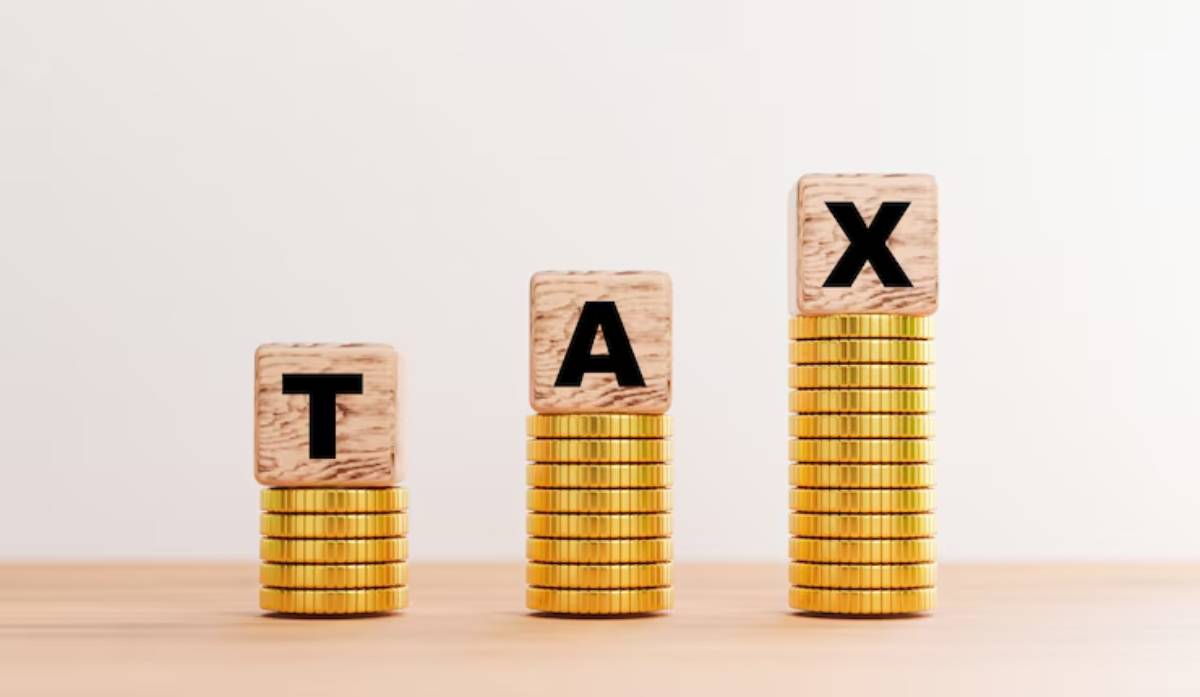
Minimising Taxes: Strategies for Investors
You could pick the best stocks, earn the best returns, and still fall short financially if you overlook one crucial factor: taxes.
Many investors focus on growing their portfolios but forget that taxes can quietly nibble away at gains, often costing thousands over the years. Fortunately, there’s good news. With smart tax strategies and thoughtful investment planning, you can keep more of what you earn, compounding your wealth faster.
In this guide, we’ll unpack practical techniques to minimise taxes, enhance your returns, and build a more resilient investment future — all explained simply, without financial jargon.
Understanding Why Tax Planning Matters
The Hidden Erosion of Returns
- Taxes are like a slow leak in your investment tank.
- Even small annual tax outflows significantly reduce long-term compounding.
Example: An investor achieving 7% annual returns could lose up to 1-2% a year after taxes. Over 30 years, this could halve their ending balance.
Your Real Return Matters
Your “nominal return” (before tax) is less important than your “real return” (after tax and inflation).
Quick Analogy: Think of growing a garden — it’s not how many seeds you plant, it’s how many survive to bloom.
Key Principles for Tax-Efficient Investing
1. Defer Taxes Where Possible
The longer you delay paying taxes, the more your investments compound on a larger base.
How?
- Hold investments inside tax-wrapped accounts.
- Avoid unnecessary trading (which realises gains early).
2. Use All Available Allowances
Governments offer annual tax breaks. Use them or lose them!
In the UK:
- ISA Allowance: £20,000 per year.
- Pension Contributions: Up to £60,000 per year (with limits based on income).
- Capital Gains Allowance: £3,000 (2025).
- Dividend Allowance: £500 (2025).
3. Choose Tax-Efficient Investment Vehicles

- Index funds and ETFs often trigger fewer taxable events than active funds.
- Accumulation funds help reinvest dividends seamlessly inside wrappers.
4. Match Investments to the Right Accounts
Different account types shield you from different taxes.
Smart Match:
- High-growth assets in ISAs and pensions.
- Income-generating assets in tax-sheltered accounts.
- Less volatile or lower-yield investments in taxable accounts.
Practical Tax Minimisation Strategies
1. Maximise ISA and Pension Contributions
ISAs:
- No income tax.
- No capital gains tax.
- No tax on withdrawals.
Pensions:
- Contributions receive tax relief.
- Growth is tax-free inside.
- 25% of pension can usually be withdrawn tax-free at retirement.
Tip: Contribute early in the tax year to maximise compounding time.
2. Harvest Tax Losses
Tax-Loss Harvesting is selling investments at a loss to offset gains elsewhere.
Example:
- Gain of £20,000 on Fund A.
- Loss of £5,000 on Fund B.
- Net taxable gain: £15,000.
Important: Avoid immediately rebuying the same security (“bed and breakfasting”).
3. Spread Realisations Over Time
Rather than selling a large investment all at once, spread sales across tax years to stay under capital gains thresholds.
Strategy:
- Realise £3,000 of gains this tax year.
- Realise another £3,000 after 6 April.
4. Use Accumulation Funds Inside ISAs and Pensions

Accumulation units automatically reinvest dividends without sending cash to your account, keeping your money fully invested.
- Cleaner tax reporting.
- Higher compounding effect.
5. Gift Strategically
Gifting investments to spouses or children can shift tax liability to lower-rate taxpayers.
Example: Transfer ETF holdings to a non-working spouse before selling, using their unused CGT allowance.
Note: Always check gift rules to avoid unexpected consequences.
Real-World Application: Case Studies
Sarah: ISA Maximiser
- Invests £20,000 yearly into global index funds within an ISA.
- Never worries about CGT or dividend tax.
- 30 years later, withdraws £600,000 completely tax-free.
Tom: GIA Tax Strategist
- Holds ETFs outside ISAs.
- Harvests losses annually.
- Sells gradually to stay under CGT threshold.
Result: Pays minimal taxes despite significant portfolio growth.
Emma: Overtrader (Mistake Example)
- Trades ETFs weekly.
- Realises frequent gains.
- Quickly uses up her CGT allowance.
Result: Pays unnecessary taxes and underperforms buy-and-hold investors.
Additional Tips to Enhance Tax Efficiency
1. Rebalance Smartly
Instead of selling, use new contributions to rebalance towards underweighted assets.
2. Monitor Annual Tax Rule Changes
Tax allowances can shift year to year. Stay updated to adjust your strategy.
3. Consider Offshore Funds (Carefully)
Some offshore ETFs (non-reporting funds) can complicate UK tax reporting. Stick with reporting status funds for simplicity.
4. Watch for Dividend Timing
If an ETF distributes dividends near year-end, you might trigger taxable income unnecessarily. Time purchases smartly if outside wrappers.
Common Mistakes That Increase Tax Bills
- Ignoring ISAs: Leaving investments exposed unnecessarily.
- Holding too much cash: Missing growth and wasting ISA allowances.
- Overtrading: Generating short-term gains taxed at higher rates.
- Neglecting CGT reporting: Facing fines or audits.
- Misunderstanding spouse gifting rules: Risking unexpected tax charges.
Simple Rule: Think long term, act intentionally, and always consider tax impacts before moving money.
Make Taxes Work For You, Not Against You
Minimising taxes isn’t about fancy loopholes or aggressive schemes. It’s about smart investment planning, using available tax strategies, and consistently sheltering your hard-earned returns.
By mastering these principles — maxing wrappers, harvesting losses, spreading gains, and matching investments wisely — you can unlock thousands in hidden value over your investing lifetime.
Ready to take control of your financial future?
Start today by reviewing your portfolio, maximising your tax wrappers, and applying a few of these simple, powerful strategies to boost your long-term wealth!
Found this guide valuable? Share it with your investing friends, leave a comment about your favourite tax-saving move, or subscribe for more practical, plain-English finance insights!